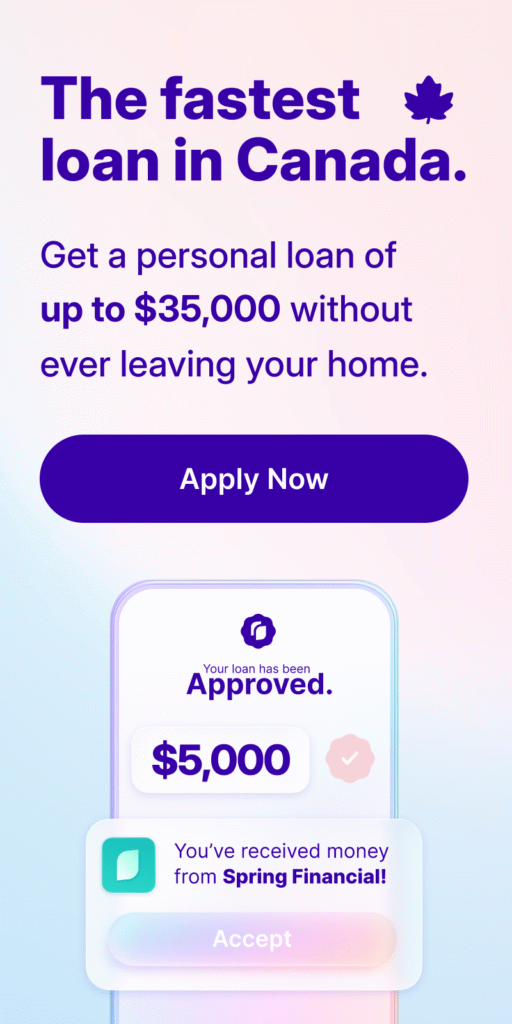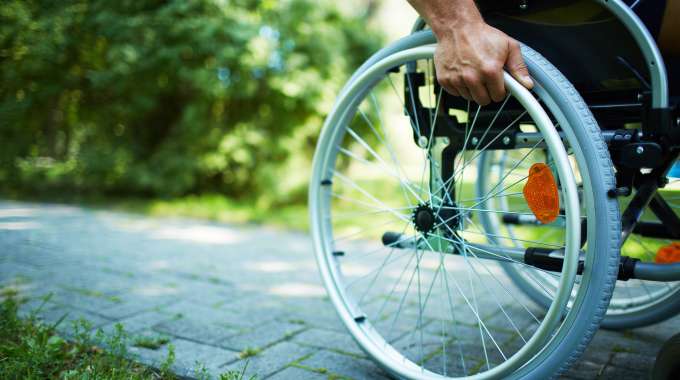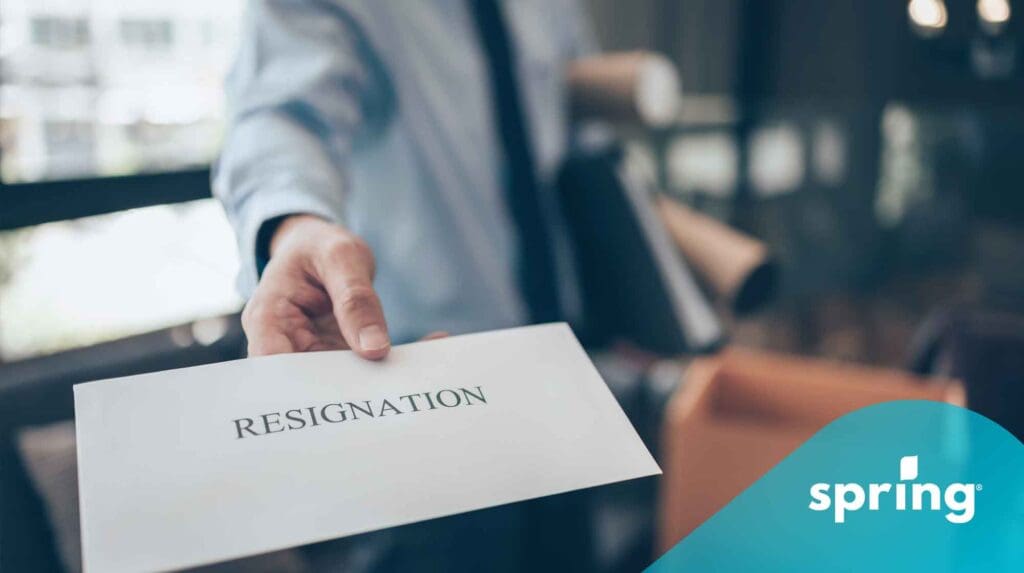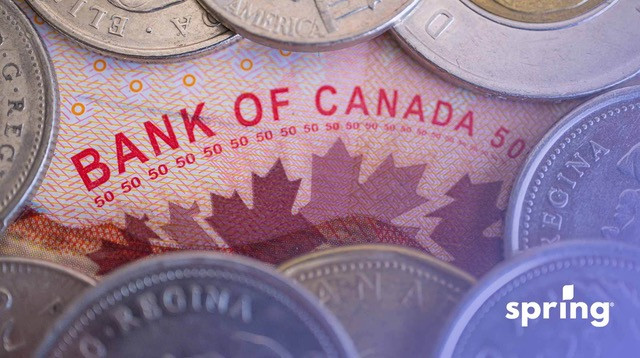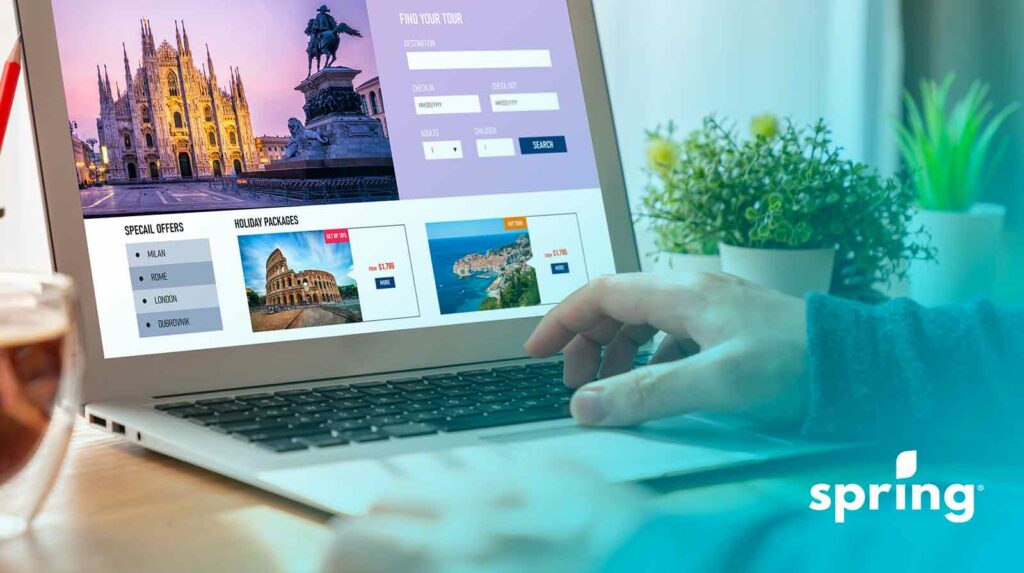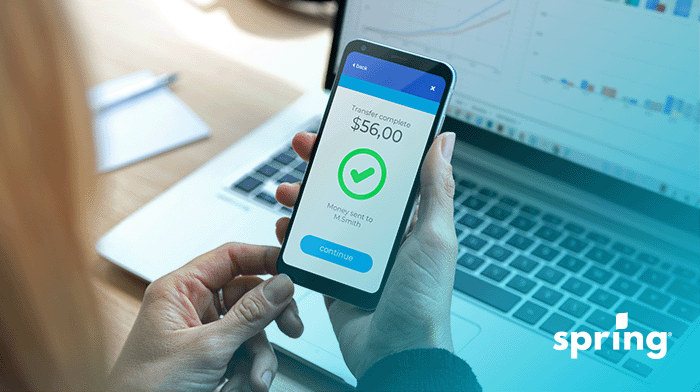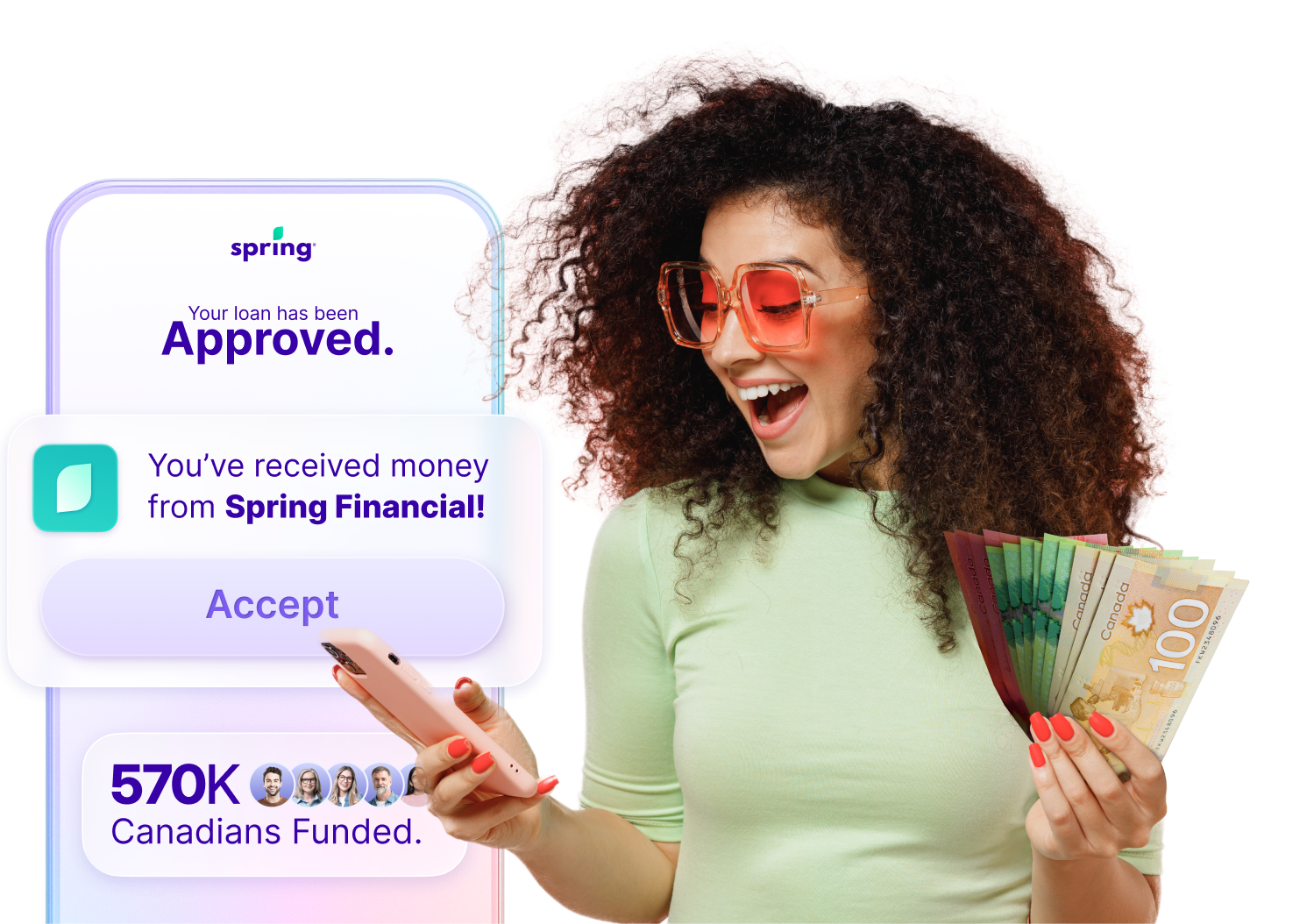Accidents happen, but bank overdraft fees can be an expensive mistake. Taking the right precautions can help you steer clear of overdraft fees altogether. The internet is full of advice to help you avoid fees on overdrafts, but some of the tips aren’t practical for everyday life.
The Purpose of Overdrafts
Depending on your credit score and spending habits, overdraft protection may be an excellent idea and worth the fees. Some banks even offer small amounts of overdraft protection for free.
When you sign up for overdraft protection, you permit your bank to cover your transactions and withdrawals after your account balance reaches zero. Banks charge overdraft fees for this privilege, and many banks add more overdraft charges if you don’t address your negative balance for several days.
If your account overdraws, you might be unaware that you’re now technically spending the bank’s money. Fees could start to pile up if you continue making purchases! If you are approved for overdraft protection, banks reserve the right to decide if the protection covers a purchase. If the purchase is too large, they can still bounce it, which could lead to high fees for you. If you’re not comfortable with this, then you have ten days to opt out after signing up (by phone or in writing).
Ways To Stay Out Of Your Overdraft
While overdrafts are a convenient way to access the money you need without having to take out a loan, the fees on them add up fast. Once you’re in your overdraft, it can be very difficult to get out of it. In order to avoid going into your overdraft at all, there are some simple things you can do to mitigate how often you go into your overdraft, if at all.
Set Up Account Notifications
One of the leading causes of overdrafts is when the account holder forgets about a debit or withdrawal. It’s easy to lose track of what payment is going where and how often you might overspend.
In Canada, now all banks have automatic notifications that are set to a certain threshold that you choose. While some banks have this set up for certain amounts, you can set them up to occur at any available balance amount you choose. Automatic notifications and online reporting are just a couple of services that your bank offers. But you can also check out our recent post on the best budgeting apps. Thoughtfully designed apps like Bloom, YNAB, or Wally work in conjunction with most bank apps and will help you keep tabs on where every dollar is going.
Use Cash For Daily Purchases
Regularly tracked and automated spending is a sign of good financial health. You should set up your account with automatic payments for monthly necessities like rent, insurance, cell phone bills, and utilities. That way, you know exactly when they’re coming out and how much.
For smaller, daily purchases, like food and social meetups, use cash. Compared to flimsy plastic cards that we just have to tap on a machine to make a purchase, we tend to be more frugal with cash bill denominations. As the old saying goes, “Out of sight, out of mind.” You never want your finances to be so out of mind that you forget how much you’re spending.
For more information on how to allocate your budget and plan for monthly savings, check out our post on the 50-20-30 budgeting rule.

Use Prepaid Debit Cards
If overspending is a concern, switch to using a prepaid debit card for your daily purchases that require debit card transactions. With a prepaid card, it’s your own money that you’re spending, and when it runs out, that’s it. There’s no overdraft danger, just a zero balance. And you can simply add money when you’re ready.
Link Your Bank Accounts
Ask your bank about linking your checking account to another account, such as another checking account, a savings account, a line of credit, or even a credit card. If your checking account is in danger of entering a negative bank account balance, money will be automatically transferred from this linked account to pad your checking account and keep your bank balance in the green.
There’s usually an overdraft protection transfer fee, but if it’s cheaper than overdraft coverage fees and non-sufficient funds fees, you might want to consider it. If you link to a credit card or line of credit, there might be more fees, and you might have to pay interest, so a linked savings account to transfer funds instead can help reduce these fees.
Request A Refund
There, by no means, is a sure way to get incurred fees reversed, but if you’ve never been into overdraft before, and they’re genuinely once-in-a-blue-moon, most banks will grant you one or two “in good faith” reversals, especially if you’re a long time customer with a good banking history. There’s no harm in asking. Worst case scenario? Your bank says no, and you have to pay it anyway.
Opt Out Of Overdraft Protection
The simplest way to avoid paying overdraft fees is to opt out of an overdraft and keep a positive balance. This is simple to do since overdrafts aren’t mandatory. You either have to request one, or the bank will offer you one. That said, though, not having an overdraft can also result in fees if you don’t have enough money. If your payment is declined, then you could end up paying an NSF fee or an overdraft fee for insufficient funds, depending on the amount. Before you do this, though, it’s always important to speak to your bank about their overdraft policies.
Credit Card Cash Advances Vs Overdrafts
If you don’t have an overdraft or don’t want to use it, an alternative is a credit card cash advance. That said, credit card cash advances can be more expensive than an overdraft. This is because they often have interest rates that are different from traditional purchases, and there’s no grace period. This means you start incurring interest on the amount the moment you withdraw the money using ATM transactions. Unlike overdrafts, these have to be in-person withdrawals that are then deposited into your bank account.
With overdrafts, you start paying fees as soon as you use the funds, but it’s usually only a monthly fee. You don’t often have to pay any interest or fees on the funds either if you put them back immediately. You can also choose to have a smaller overdraft that’s simple to pay back or cancel whenever you choose, depending on your banking needs.
How To Get Out Of Your Overdraft Once You’re In It
Once you start using an overdraft, getting out of it can be difficult. This is because you might not have enough funds to pay back the overdraft, so you just keep on using it. This can become a vicious cycle that’s hard to stop. That said, it’s not impossible.
The simplest way to get out of your overdraft is to cancel it as soon as you pay the funds back. This gives you no choice but to budget around it and get your finances back on track. If you’re unable to do this, then another option is to pay it back slower. For example, let’s say you used $300 off your overdraft. For every payday, you can budget for less than $100, which you will use to pay off the overdraft. After 3 paychecks, you should be out of it.
Final Thoughts
In Canada, it’s quite common for a bank to offer you an overdraft if you meet the overdraft requirements. While these can be a good idea to cover your bills in the case of an emergency, it’s not recommended to use your overdraft all of the time. This is because overdraft fees can add up over time, making it very difficult to get out of.
That said, just because you have an overdraft doesn’t mean that you have to use it. There are plenty of financial habits that you can adopt in order to prevent overdrafts or reduce the chance that you’ll have to use your overdraft. That said, if you do use it, it’s important to pay it off as soon as you can.

